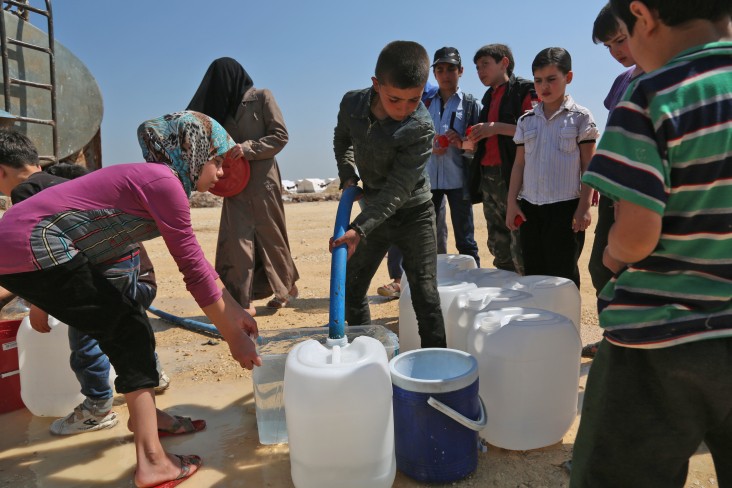- What We Do
- Agriculture and Food Security
- Democracy, Human Rights and Governance
- Economic Growth and Trade
- Education
- Environment and Global Climate Change
- Gender Equality and Women's Empowerment
- Global Health
- Humanitarian Assistance
- Transformation at USAID
- Water and Sanitation
- Working in Crises and Conflict
- U.S. Global Development Lab
Speeches Shim

Latest Syria Fact Sheet
view text version [pdf, 487kb]
Key Developments
Syria’s ongoing economic crisis continues to impact food security as food prices reach record high in October; relief actors track rising malnutrition in northwest Syria.
As Syria’s COVID-19 outbreak surpasses 36,000 confirmed cases, humanitarian agencies warn that a lack of testing capacity obscures the full extent of transmission.
USAID Bureau for Humanitarian Assistance and State Department Bureau for Population, Refugees and Migration partners provide life-saving food, health, nutrition, protection, shelter, and WASH assistance, along with critical winterization support to internally displaced persons and vulnerable host communities.
Background
The Syrian conflict is the largest and most complex humanitarian crisis of our time, driving record levels of displacement. Nearly 12 million people are displaced within Syria or have fled to neighboring countries. Approximately 60% of the current population—or 11.7 million people—are in need of humanitarian aid. The emergence of ISIS exacerbated the protracted crisis, where the Assad regime has waged an unrelenting campaign of bloodshed and violence against its own people for more than eight years.

Comment
Make a general inquiry or suggest an improvement.